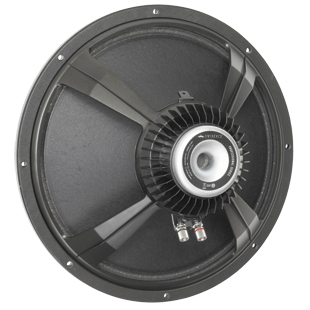Hi,
in my attempts to understand the Hiwatts in more detail i came across the topic of NFB layout. In the schematics recovered by Mark Huss, the NFB details are drawn in the preamps, and apparently suitable for the 100W power stages.
In theory the NFB should be optimized differently for the other power stages, notably 200W EL34 and 200W KT88. This has been done in the Sound City variants of these output stages, and i wonder how the Hiwatts are designed in this respect.
If, for example, You would simply use the NFB loop of the 100W DR103 in a 200 W stage, the negative feedback (and the open loop gain) would be significantly larger due to the larger voltage at the 16 Ohms tap, and it would be unclear if the phase compensation of the loop would still fit.
(stability in a clone with a different PT might be an issue for itself).
in my attempts to understand the Hiwatts in more detail i came across the topic of NFB layout. In the schematics recovered by Mark Huss, the NFB details are drawn in the preamps, and apparently suitable for the 100W power stages.
In theory the NFB should be optimized differently for the other power stages, notably 200W EL34 and 200W KT88. This has been done in the Sound City variants of these output stages, and i wonder how the Hiwatts are designed in this respect.
If, for example, You would simply use the NFB loop of the 100W DR103 in a 200 W stage, the negative feedback (and the open loop gain) would be significantly larger due to the larger voltage at the 16 Ohms tap, and it would be unclear if the phase compensation of the loop would still fit.
(stability in a clone with a different PT might be an issue for itself).

 famous last words
famous last words 


Comment